SUMMARY
This is AI generated summarization, which may have errors. For context, always refer to the full article.
MANILA, Philippines – In September 2011, an impoverished town in southern Philippines made world headlines when a giant saltwater crocodile was captured by local villagers after a 3-month hunt.
Bunawan, Agusan del Sur then became home to Lolong, certified in May 2012 by Guinness World Records as the world’s largest crocodile in captivity.
Thousands of tourists flocked to see the gargantuan reptile, measured at 6.17 meters or almost 21 feet from the tip of its snout to the end of its tail.
For a year and a half, the Bunawan local government charged P20 per person to see the crocodile, or more for visitors willing to pay an extra fee for the crocodile’s pond to be emptied so Lolong’s full body would be exposed.
However, that practice, and other failures of the local government to comply with instructions from the Protected Areas and Wildlife Bureau (PAWB) ultimately led to the animal’s tragic death last February 10.
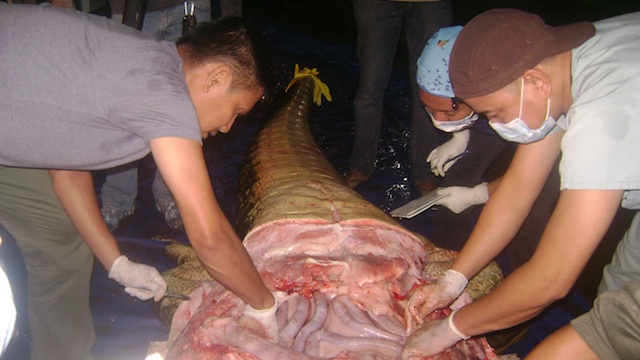
The Philippines lost the crown of the largest crocodile in captivity to Australia’s Cassius, which is not only cared for like the national treasure that it is but managed by the same experts in crocodile conservation whose advice was reportedly ignored by Bunawan Mayor Edwin Elorde.
As the results of the necropsy (autopsy performed on a non-human body) show, Lolong perished due to multiple organ failure caused by the stress of how he was kept in captivity, not captivity itself.
Trapped in a tiny enclosure
Immediately after Lolong was captured, the PAWB contacted the Bunawan local government to assist them with the animal, whose remains and skin now lie in a refrigerator inside the mayor’s conference room until Elorde finally hands them over to the National Museum for taxidermy purposes.
PAWB Director Dr. Mundita Lim explained that from the start only two options were explored: transferring Lolong to an enclosure adequate to its size or releasing it back into the wild if part of the Agusan Marsh could be declared as a sanctuary for crocodiles.
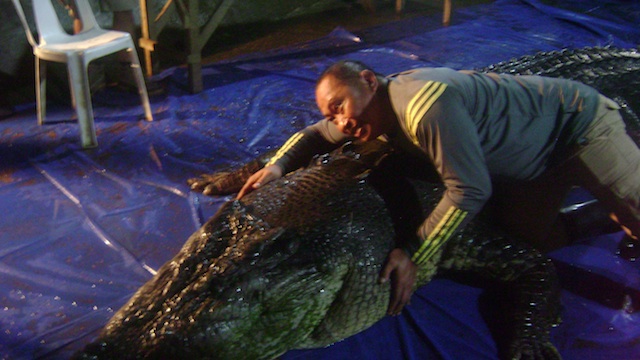
Elorde did neither and kept the crocodile trapped in a tiny pen with an even tinier pond of water built for a reptile half its size, according to Lim.
Again and again he promised to build a bigger enclosure, but a year and a half later the facility was still being constructed.
Lim told Rappler she regrets not having been stricter with the mayor, who hired his own veterinarian to take care of the animal. The PAWB only had resources to conduct monthly checkups.
“The enclosure was not big enough for him, the pond not big or deep enough for him to swim around,” she said.
Crocodiles are used to living in the marsh, where as cold-blooded animals they can regulate their own body temperature by swimming and basking on the surface at regular intervals.
The swimming also keeps them healthy and in top physical shape to be able to lift over a ton of weight on 4 short legs.
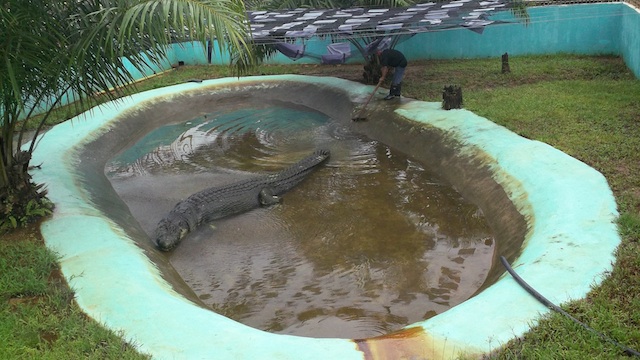
Lolong however ended up with his claws and upper teeth broken down and full of open sores from scratching against the concrete flooring of the pond, and — as the necropsy results show — with most of its internal organs crushed by the massive bulk, up to the point that it almost completely lost its appetite.
Crocodiles suffer in captivity
Why was Lolong kept in captivity by local government officials who were clueless about how to care for such a unique animal?
Crocodile expert and former Department of Environment and Natural Resources (DENR) Secretary Dr. Angel Alcala is adamant that these reptiles should never be taken out of their natural habitat in the first place.
“At this present time, considering the number of these animals in the wild, they should not anymore be captured, removed from their natural habitat and placed in an enclosure,” Alcala said in an interview with Rappler.
He added that if authorities insist on enclosing crocodiles in pens for the tourists, more deaths will follow. (Read: Lolong should never have been captured)
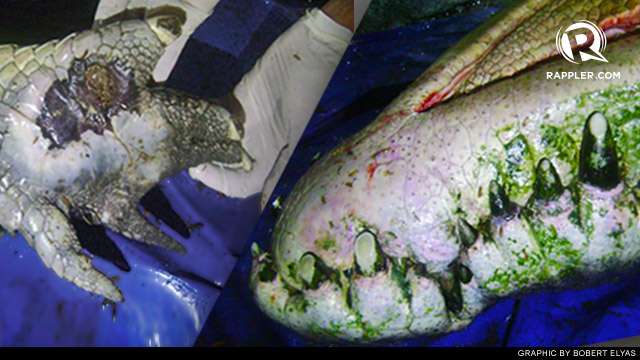
“You will be putting to much stress and shortening their life,” Alcala explained.
The expert insisted that potential man-eaters or so-called “nuisance crocodiles” like Lolong should be left to freely roam the marshes, where visitors can watch them from protected viewpoints, rather than trapping the reptile inside a pen.
Lim agreed that setting the animal free would have been a good solution, if only the mayor had cooperated.
“We still had that option open to eventually release Lolong back into his natural habitat because there were reports that there was still a remaining area in Agusan Marsh that could be established as a sanctuary just for crocodiles,” she said.
Lessons learned
Instead of asking to file charges against Elorde for the negligence that caused Lolong’s death or even cruelty to animals, both Lim and Alcala prefer to move on and learn from this experience to prevent the incident from occurring in the future.
Republic Act 9147 gives the PAWB custody over wildlife protection nationwide, but they must work with local officials who sometimes put their personal and political needs ahead of conservation.
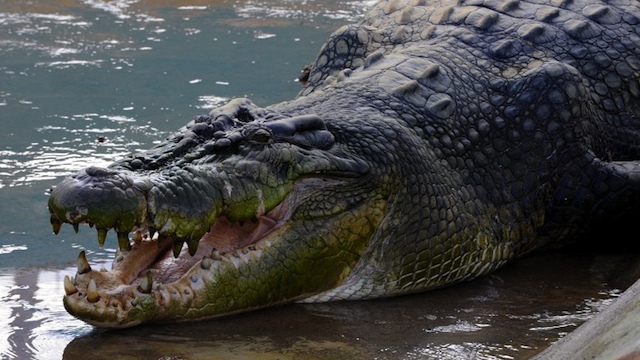
The department lacks the law enforcement resources to make the local officials follow their recommendations or comply with their instructions, and only have two veterinarians — 3, including Lim herself — to cover the whole country.
Grassroots education programs, partnerships with other government agencies such as the Department of Tourism and setting aside more budget for conservation would help the PAWB to better fulfill its mandate, Lim and Alcala said.
In the case of Lolong, Alcala called for the establishment of a strict protocol on how to deal with exceptional animals like Lolong, which he called a “natural treasure.”
“The DENR and its offices have allowed local government units to do something along the lines of taking care of wildlife, but I think there are no specific protocols in the case of specific, unique animals like Lolong. I think this is needed because an animal like Lolong, a natural treasure, should have been under the care of the relevant government agency, and that is the DENR,” noted the 85-year-old marine biologist and winner of the Ramon Magsaysay Award for Good Governance in 1992.
If this policy had been followed with Lolong, he said, the crocodile would probably have lived not 50 but 100 years. – Rappler.com
Add a comment
How does this make you feel?
There are no comments yet. Add your comment to start the conversation.